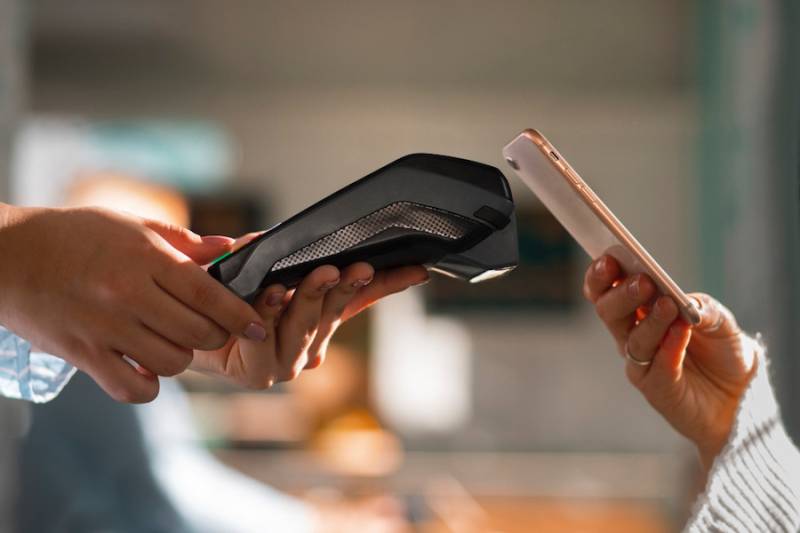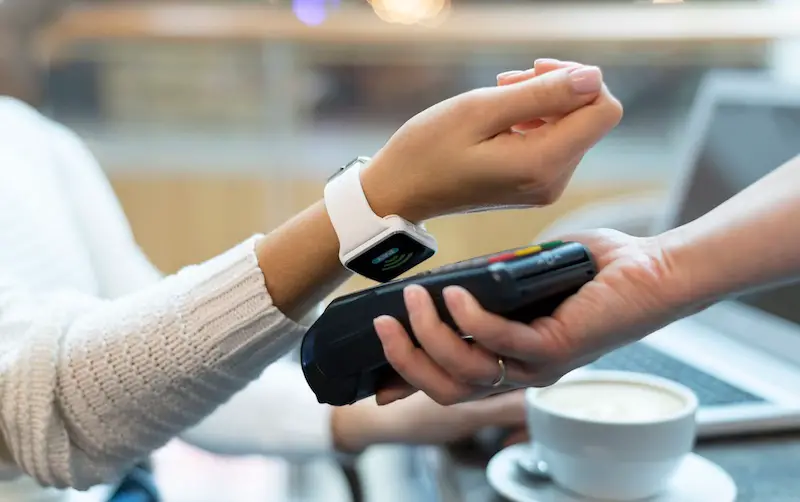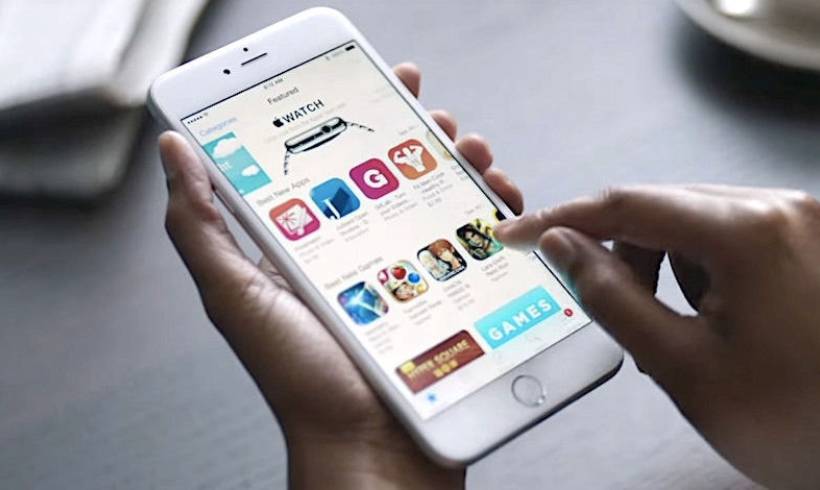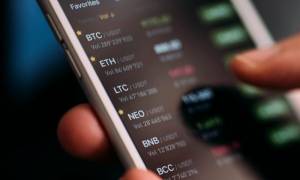Tap, Pay, Done: Are Contactless Payment Terminals the New Normal?

The era of cash being king seems to be long gone. Recent studies reveal that consumers now rely on credit cards for 57% of their purchases, a rise from 54% just two years ago.
You've probably heard about contactless payments, right? Well, they are kind of a big deal and definitely worth looking into! This payment method, facilitated through mobile devices, has the potential to greatly enhance transaction efficiency and convenience.
Lately, everyone's jumping on the contactless payment bandwagon, thanks to the NFC (Near Field Communication) technology. Contactless payments, like EMV (Europay, Mastercard, and Visa), provide better security than magnetic-stripe cards. Magstripes are outdated and more prone to fraud. When it comes to contactless payments, the level of security is quite high.
We'll take a closer look at the rundown of what contactless payments involve and why they're known for their top-notch security measures. But before we dive into contactless payment terminals, let's get the lowdown on the basics of contactless payment first.
What Are Contactless Payment Terminals?
Contactless payment refers to a method of payment where transactions are made by tapping or waving a contactless-enabled card or mobile device near a contactless payment terminal. This technology uses NFC (near-field communication) to securely transmit payment information wirelessly between the card or device and the terminal.
Contactless payment terminals are physical devices equipped with the technology to accept contactless payments. These terminals enable customers to make payments by simply tapping or waving their contactless-enabled cards or mobile devices near the terminal, without the need for physical contact or inserting a card into a reader.
Contactless payment cards and terminals work together to facilitate quick and convenient transactions without the need for physical contact or the use of traditional payment methods like cash or chip cards.
According to market predictions by Extrapolate, the contactless payment terminal market will hit a whopping $26,311.74 million by the year 2028!

Are Contactless Payments Worth the Hype? Let's Break Down the Perks!
Numerous benefits of contactless payments add to the appeal; the ease of use comes first. All a customer needs to do to pay is to hover their card or device over the terminal. This method of payment is more practical because it entails fewer steps and there is no need to figure out what each payment terminal requires.
It is also quicker. Since there are no payment phases, it involves less work for the customer, resulting in a quick and efficient experience. Although here's the cool part - it also means less waiting time for people in line! Both these benefits contribute to a better consumer experience, which ultimately benefits retailers.
Last but not least, contactless payments are up-to-date and modern. People who enjoy being at the forefront of technology will praise companies that provide quick and simple payment choices by staying up to date with the newest developments. This pleases intelligent consumers who use technology and improves the brand value of the retailer.
Ready to Ditch Cash? Best Ways of Making Contactless Payments
To make a contactless payment, there are two options. For the first, you need a card with the contactless payment logo printed on it – usually a debit card from a bank. No matter if the card supports contactless payments, it should have the visible embedded chip that the majority of cards have today.
However, contactless credit and debit cards feature a second chip as well as an antenna for Radio Frequency Identification or RFID, which permits communication between the card and the payment terminal.
Digital wallets, which also have two chips, are typically accessible on devices like cell phones. The first chip provides encrypted card information to access the customer's account. Next, without any physical contact, the payment data from the card is released to the merchant's terminal via a second chip equipped with NFC.
The majority of devices come with their own digital wallets, however certain platforms, like Google (with Google Pay and Google Wallet), go beyond mobile devices and hold payments that are accessible on computers. Some of the well-known digital wallets out there are Apple Pay, Android Pay, and Samsung Pay.
Some digital wallets are available in various formats, such as transit cards (in some cities), which save a balance and take money from prepaid accounts. Many transit cards allow for contactless payment, enabling the user to just hover a card or app linked to the account inside a bus, train, or other public transportation.
Beyond smartphones, other devices can store digital wallets. Wallets are built into tablets, smartwatches, and even fitness monitors, wherein they serve as quick and simple payment alternatives.
Now that you've learned about various contactless payment methods and payment terminals, you might be wondering if this payment approach is secure. Let's work through this concern.
Contactless Payment Terminals (NFC Terminals): Are They Truly Safe?
Here's some great news: NFC payments are as secure, if not more so, than using an EMV card. In fact, there are three standout features where NFC terminal security really excels.
I. Proximity
Only a range of under 4 inches is a requisite for NFC cards. As they would need to be within that range to make the payment, hackers or other fraudulent users will find it difficult to intercept your transmission.
II. User Initiation
The buyer must initiate an NFC transaction by bringing their card in close proximity to the NFC terminal or activating their mobile wallet software (like Samsung Pay). This means that a hacker cannot remotely initiate a fraudulent transaction. Most phones also demand a second identification method, like a PIN code, fingerprint, or facial recognition.
III. Secure Element Validation
NFC payments follow a similar procedure to EMV cards in that each transaction completed through the chip is validated. Digital wallets use tokenization for further security, whereas the Secure Element chip on the smart card will confirm the transaction and the cardholder's identity after connecting.
In Conclusion
The surge in contactless payments, which was already gaining momentum before the pandemic, continues to accelerate without any signs of slowing down. Contactless payment terminals promise valuable speed, convenience, and enhanced security. They streamline operations and increase customer satisfaction for businesses of all sizes.
As NFC technology continues to advance, more innovative features and seamless integration can be expected in the future. Embracing these terminals is a smart move for a more efficient and customer-friendly payment experience.
Whether a physical store or an online business, investing in contactless payment terminals is crucial for staying competitive in today's evolving commerce landscape.





































